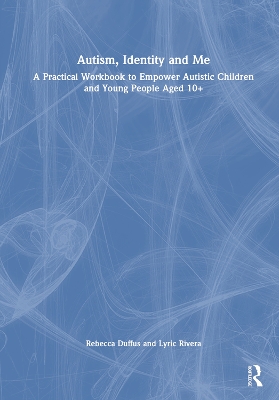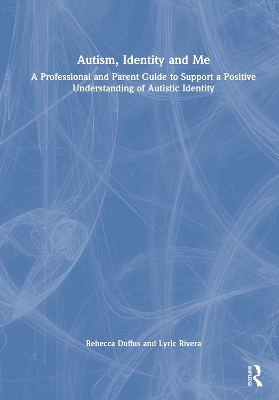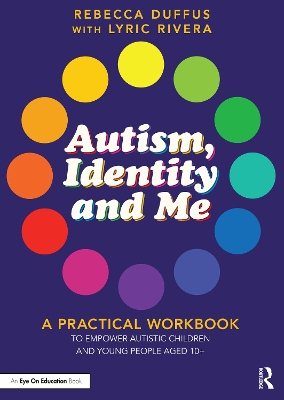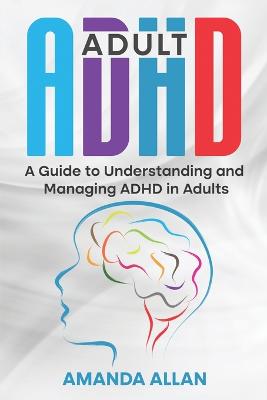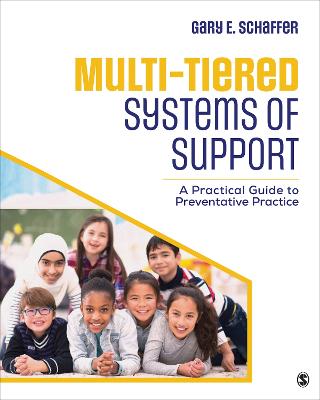Developmental Coordination Disorder (Dyspraxia)
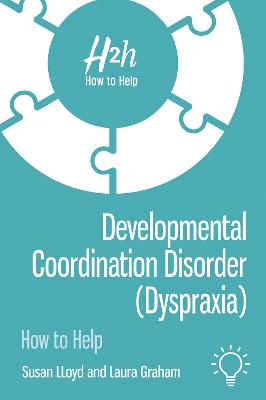 portes grátis
portes grátis
Developmental Coordination Disorder (Dyspraxia)
How to Help
Lloyd, Susan; Graham, Laura
Pavilion Publishing and Media Ltd
09/2022
200
Mole
Inglês
9781913414153
15 a 20 dias
Descrição não disponível.
Series Preface; About the Authors;
Authors' Preface; How to Use This Book
Part 1: Introduction 1. What is DCD?; 2. Causes and consequences; 3. Resources and assessment 4. IDEAS for effective support; Ten key things to know about DCD
Part 2: DCD in context 5. Motor skills and movement; 6. Motor learning stages and underlying sensory systems; 7. Visual perception; 8. Sensory systems as a foundation for function; 9. Cognitive skills and mental health
Part 3: Activities of daily living 10. Motivation and mobility; 11. Dressing and chaining techniques; 12. Shoes and clothing; 13. Washing and grooming; 14. Teeth cleaning and toileting; 15. Eating and drinking
Part 4: Home and primary school 16. The parents and the home; 17. Communication, play, leisure and games; 18. Primary school; 19. Literacy and Numeracy; 20. Tools used in the primary classroom; 21. Handwriting and hand dominance; 22. Handwriting: process and product
Part 5: Secondary school 23. Secondary school; 24. Basic ideas and IDEAS; 25. Strategies for understanding, organisation and communication; 26. Strengths in drama, music, art and design; 27. Strengths in English, science and mathematics; 28. Study skills and examinations
Part 6: Sport, exercise and independence 29. Physical activity and its importance; 30. Movement, practice and feedback; 31. Physical activity at school; 32. Staying healthy; 33. Travel, study and work
Part 7: Conclusion
34. Summary; 35. A last word to parents and carers; 36. A last word to teachers and schools
Authors' Preface; How to Use This Book
Part 1: Introduction 1. What is DCD?; 2. Causes and consequences; 3. Resources and assessment 4. IDEAS for effective support; Ten key things to know about DCD
Part 2: DCD in context 5. Motor skills and movement; 6. Motor learning stages and underlying sensory systems; 7. Visual perception; 8. Sensory systems as a foundation for function; 9. Cognitive skills and mental health
Part 3: Activities of daily living 10. Motivation and mobility; 11. Dressing and chaining techniques; 12. Shoes and clothing; 13. Washing and grooming; 14. Teeth cleaning and toileting; 15. Eating and drinking
Part 4: Home and primary school 16. The parents and the home; 17. Communication, play, leisure and games; 18. Primary school; 19. Literacy and Numeracy; 20. Tools used in the primary classroom; 21. Handwriting and hand dominance; 22. Handwriting: process and product
Part 5: Secondary school 23. Secondary school; 24. Basic ideas and IDEAS; 25. Strategies for understanding, organisation and communication; 26. Strengths in drama, music, art and design; 27. Strengths in English, science and mathematics; 28. Study skills and examinations
Part 6: Sport, exercise and independence 29. Physical activity and its importance; 30. Movement, practice and feedback; 31. Physical activity at school; 32. Staying healthy; 33. Travel, study and work
Part 7: Conclusion
34. Summary; 35. A last word to parents and carers; 36. A last word to teachers and schools
Este título pertence ao(s) assunto(s) indicados(s). Para ver outros títulos clique no assunto desejado.
Advice; anxiety; balance; behave; behaviour; brain; brother; care; child; challenge; challenging; children; class; classroom; cognitive; collaboration; co-ordination; cure; develop; development; diagnosis; difficulties; difficulty; disability
Series Preface; About the Authors;
Authors' Preface; How to Use This Book
Part 1: Introduction 1. What is DCD?; 2. Causes and consequences; 3. Resources and assessment 4. IDEAS for effective support; Ten key things to know about DCD
Part 2: DCD in context 5. Motor skills and movement; 6. Motor learning stages and underlying sensory systems; 7. Visual perception; 8. Sensory systems as a foundation for function; 9. Cognitive skills and mental health
Part 3: Activities of daily living 10. Motivation and mobility; 11. Dressing and chaining techniques; 12. Shoes and clothing; 13. Washing and grooming; 14. Teeth cleaning and toileting; 15. Eating and drinking
Part 4: Home and primary school 16. The parents and the home; 17. Communication, play, leisure and games; 18. Primary school; 19. Literacy and Numeracy; 20. Tools used in the primary classroom; 21. Handwriting and hand dominance; 22. Handwriting: process and product
Part 5: Secondary school 23. Secondary school; 24. Basic ideas and IDEAS; 25. Strategies for understanding, organisation and communication; 26. Strengths in drama, music, art and design; 27. Strengths in English, science and mathematics; 28. Study skills and examinations
Part 6: Sport, exercise and independence 29. Physical activity and its importance; 30. Movement, practice and feedback; 31. Physical activity at school; 32. Staying healthy; 33. Travel, study and work
Part 7: Conclusion
34. Summary; 35. A last word to parents and carers; 36. A last word to teachers and schools
Authors' Preface; How to Use This Book
Part 1: Introduction 1. What is DCD?; 2. Causes and consequences; 3. Resources and assessment 4. IDEAS for effective support; Ten key things to know about DCD
Part 2: DCD in context 5. Motor skills and movement; 6. Motor learning stages and underlying sensory systems; 7. Visual perception; 8. Sensory systems as a foundation for function; 9. Cognitive skills and mental health
Part 3: Activities of daily living 10. Motivation and mobility; 11. Dressing and chaining techniques; 12. Shoes and clothing; 13. Washing and grooming; 14. Teeth cleaning and toileting; 15. Eating and drinking
Part 4: Home and primary school 16. The parents and the home; 17. Communication, play, leisure and games; 18. Primary school; 19. Literacy and Numeracy; 20. Tools used in the primary classroom; 21. Handwriting and hand dominance; 22. Handwriting: process and product
Part 5: Secondary school 23. Secondary school; 24. Basic ideas and IDEAS; 25. Strategies for understanding, organisation and communication; 26. Strengths in drama, music, art and design; 27. Strengths in English, science and mathematics; 28. Study skills and examinations
Part 6: Sport, exercise and independence 29. Physical activity and its importance; 30. Movement, practice and feedback; 31. Physical activity at school; 32. Staying healthy; 33. Travel, study and work
Part 7: Conclusion
34. Summary; 35. A last word to parents and carers; 36. A last word to teachers and schools
Este título pertence ao(s) assunto(s) indicados(s). Para ver outros títulos clique no assunto desejado.

